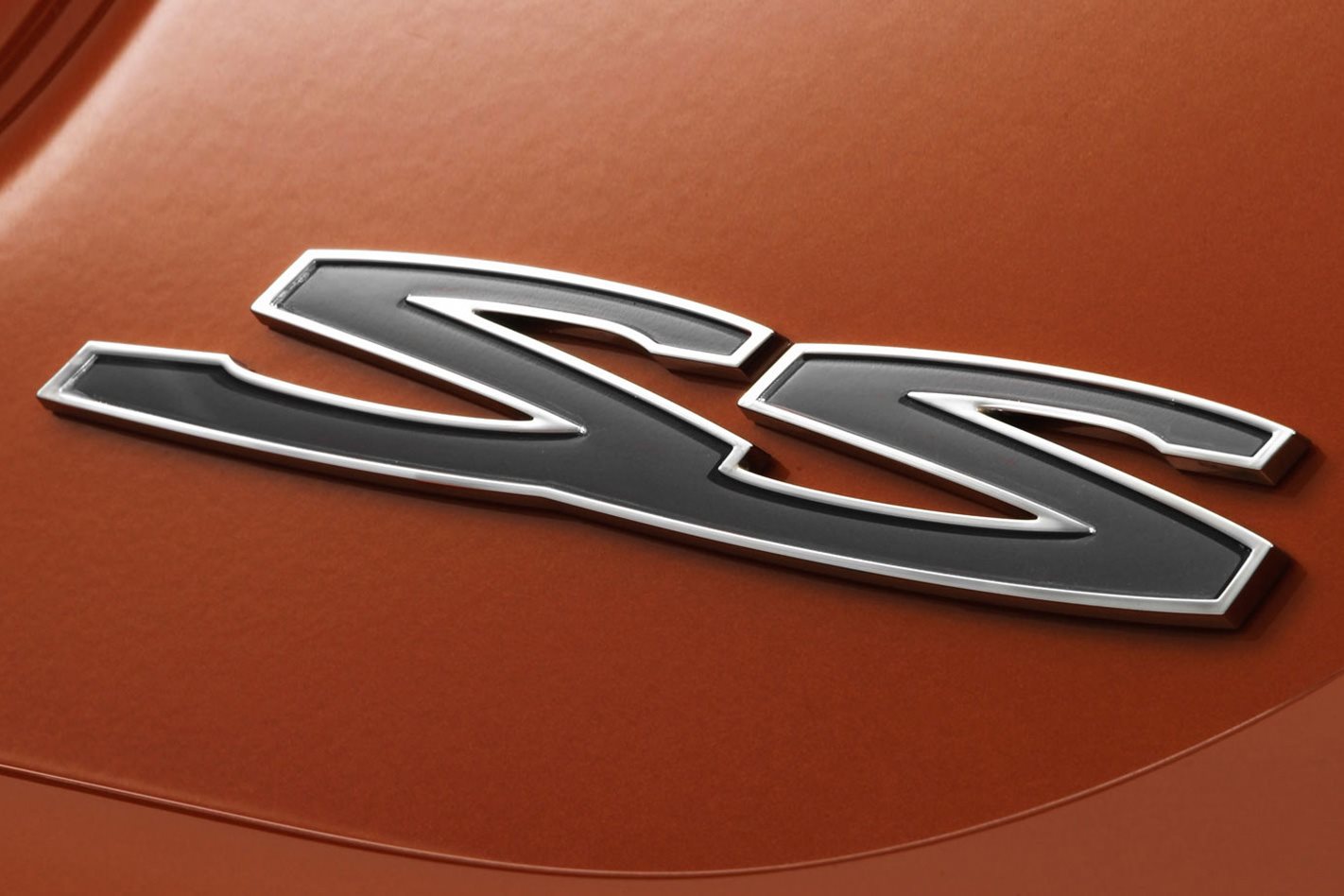HOLDEN’S confirmation of a VXR badge for future hot Commodores is the final nail in the coffin of the iconic Commodore SS nameplate which, just like the V8-powered Aussie built Commodore, will be retired with the soon-to-be-replaced VF.
It’s a significant move: the SS badge has earned a fearsome reputation over 45 years of race victories and road tests, but how much do you know about the badge? Do you know its origins? Do you know what SS means?
It’s hard to imagine a Commodore line-up without an SS variant, but it hasn’t always been there. The VB and VC ranges came and went without one, and it was with the VH of 1982 that Holden first stuck an SS badge to a Commodore – though its local origins date back another decade to the 1972 HQ SS.

The SS badge next appeared with the 1976 Holden LX Torana SS and SS A9X, the latter of which was essentially a road-going version of the Group C car driven to a famous Bathurst victory by Peter Brock in 1979. The Torana SS was available with either a 253ci or 308ci V8, or with a 202ci inline six-cylinder, making it one of only three SS-branded Holdens sold with an engine other than a V8 in the badge’s 45 year history. The others are the supercharged VT Commodore SS V6 and the particularly rare VP SS V6 made for Group 3E racing homologation.
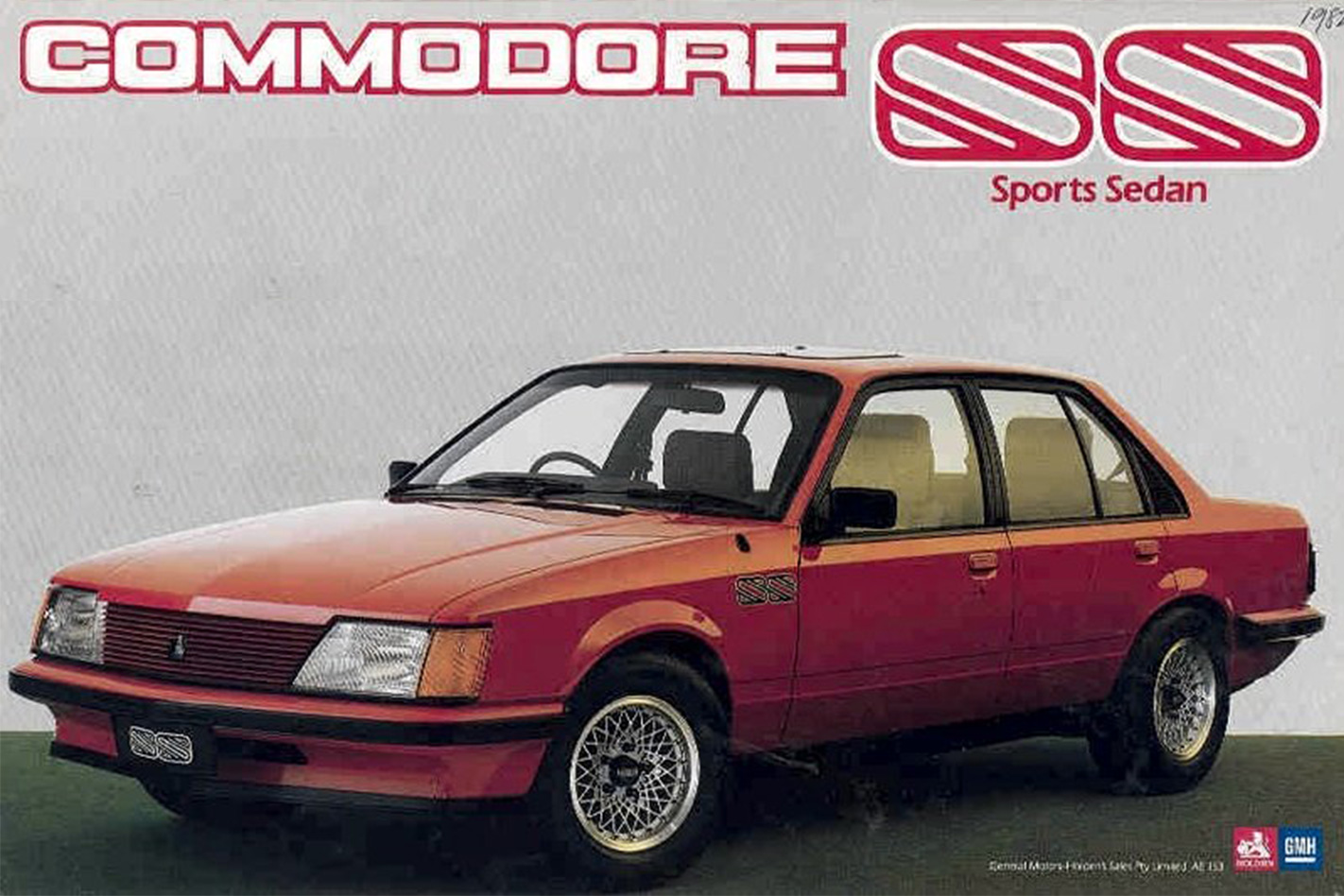
From that starting point owners could exploit Holden’s tie-up with HDT and upgrade their road car with one of four different packages to make it either a HDT Holden Commodore SS Group One 4.2, Group Two 4.2, Group Two 5.0, or Group Three 5.0

Limited run SS Group A variants of the VK and VL followed, spearheaded once again by Brock, but a nasty divorce between Holden and HDT shortly afterwards changed the trajectory of the SS brand. Holden took the program in-house, and it became a full-production mainstay of the Commodore line-up from the 1989 VN Commodore SS onwards.
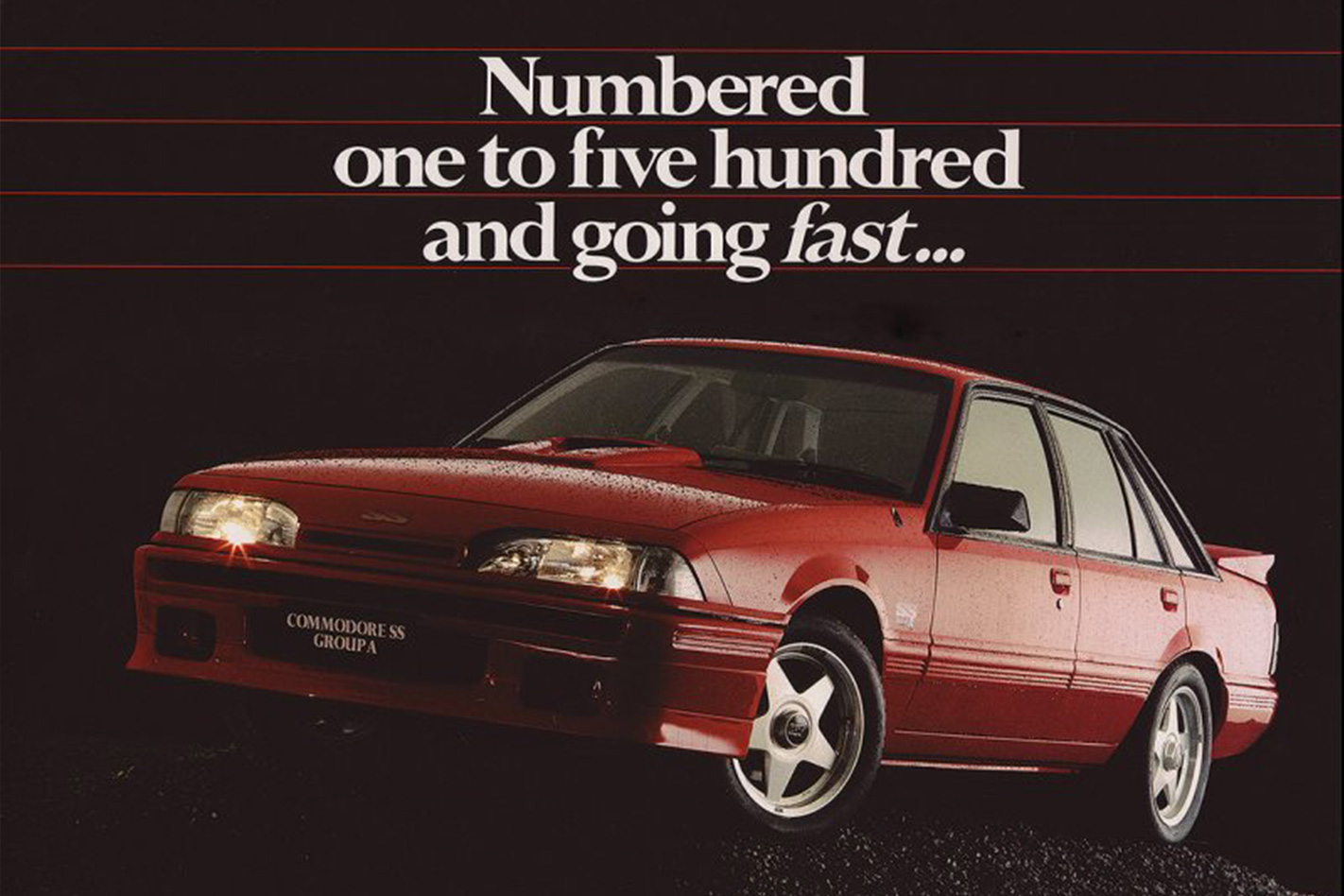
Holden’s last V8 homologation special was the VN Commodore SS Group A, powered by a 210kW/400Nm version of the venerable fuel injected 5.0-litre V8 and featuring a six-speed manual gearbox. Only 302 were made. The VP facelift in 1991 introduced independent rear suspension adapted from Opel, which added even more dynamic ability.
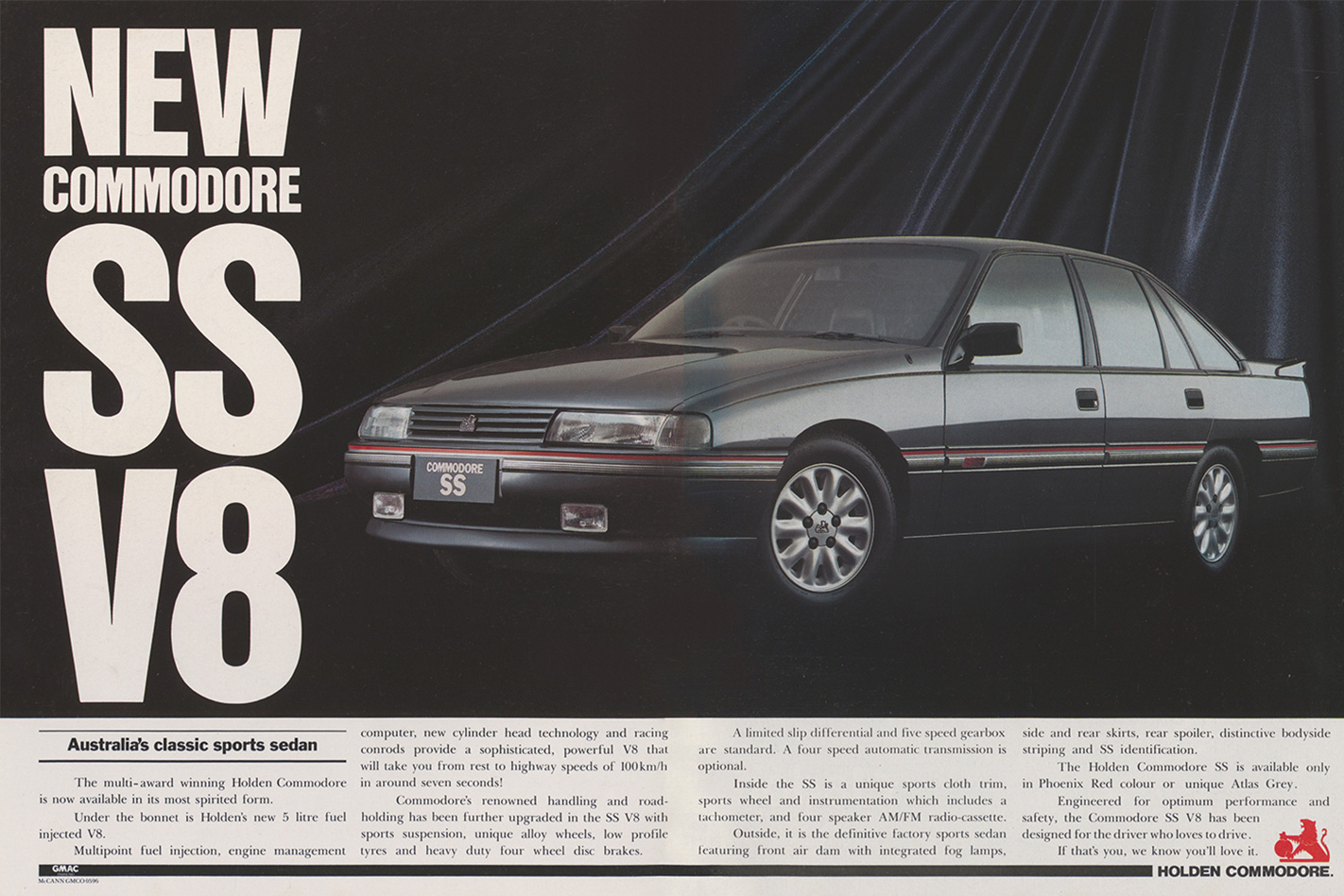
A Series II update in 1999 gave us the much-loved 5.7-litre LS1 ‘Gen III’ V8 sourced from Chevrolet. It was detuned to 220kW/446Nm in the SS, yet was still a worthy replacement for the ageing 5.0 – lighter and far more refined.
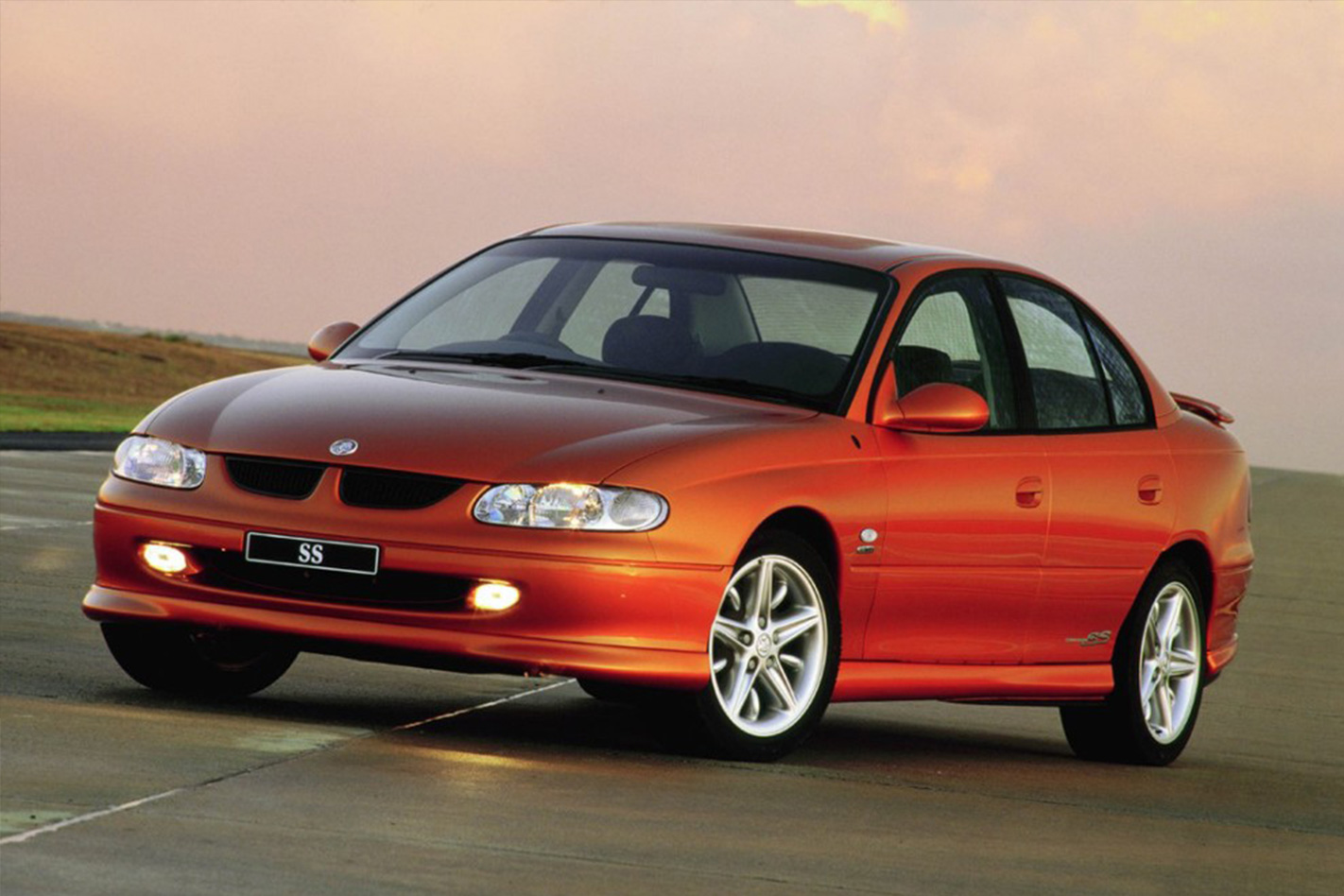
With the VY SS power climbed to 235kW/465Nm, then to 245kW with a Series II facelift and on to 250kW/470Nm with the VZ SS, still from the Gen III V8. By now the SS was about 250kg heavier than the VN at around 1650kg sitting at the kerb.
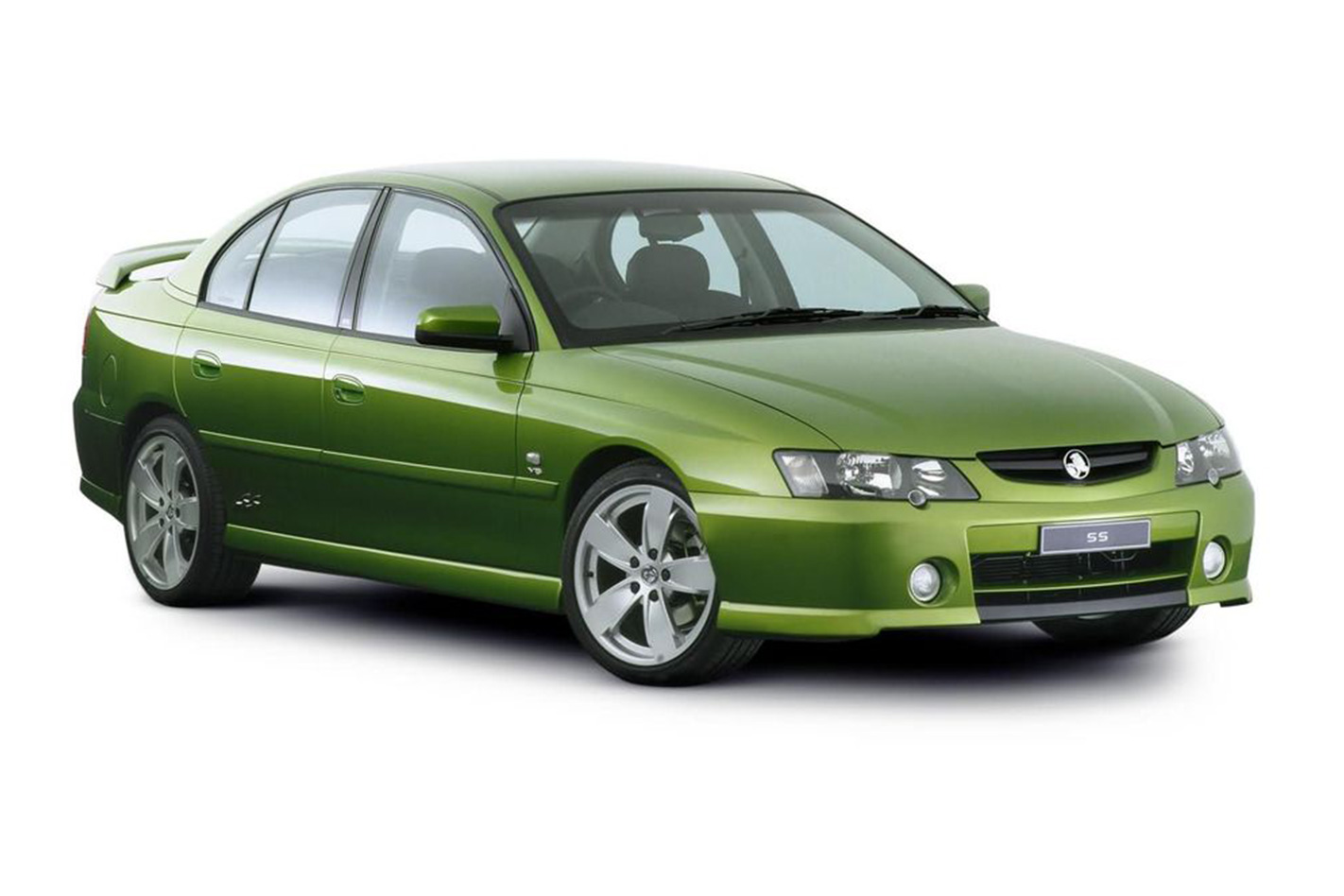
Brembo brakes and 19-inch wheels were added in 2010 with the $2500 Redline option for the SS-V, which had the SS nipping at the heels of its HSV contemporaries.

General Motors has been importing Aussie-made V8 Commodores to the United States and selling them as the Chevrolet SS since 2013. At its introduction, GM billed it as a “a modern interpretation of Chevrolet’s Super Sport heritage.”
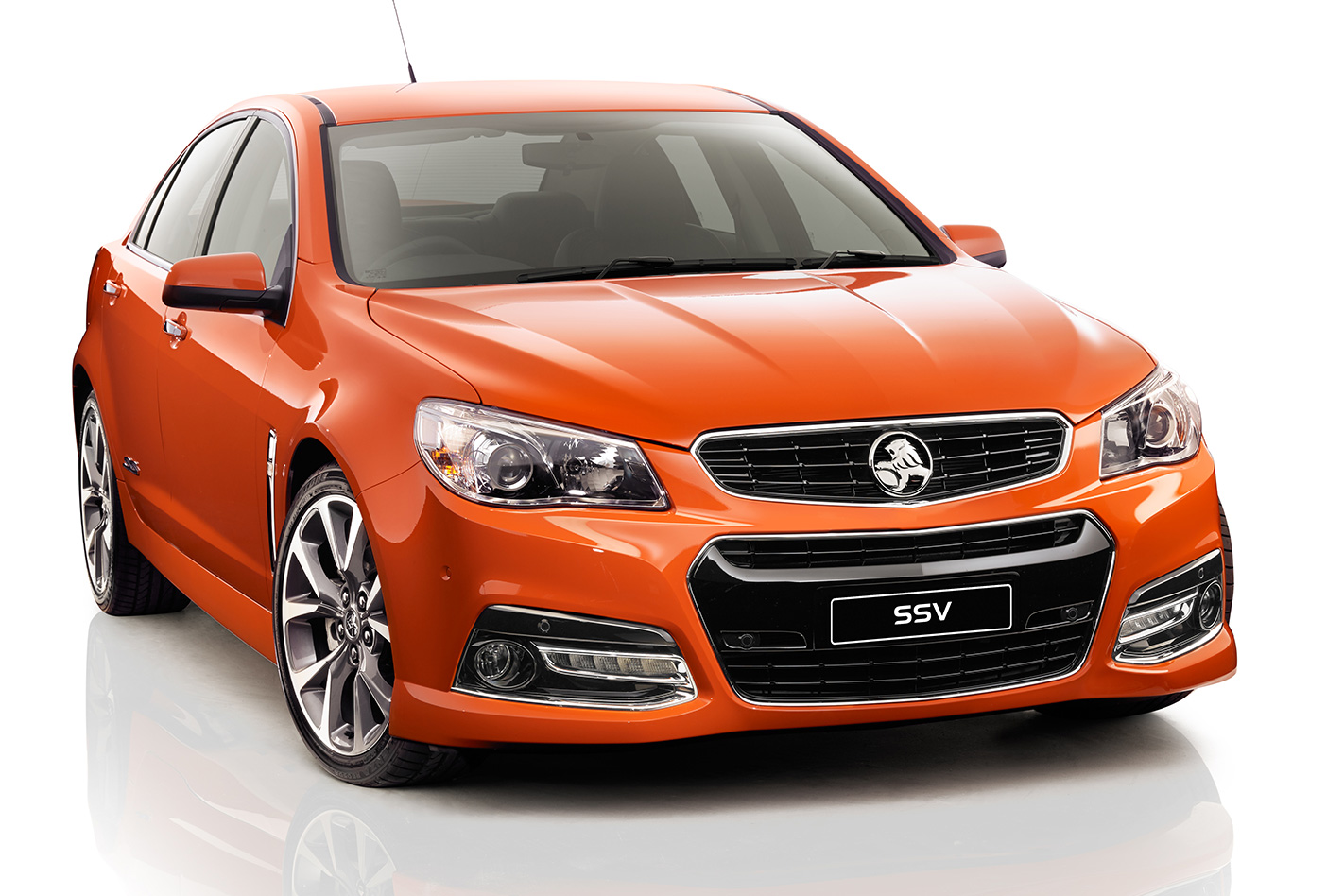
And here’s a bonus factoid for curious types: General Motors of South Africa briefly sold a Chevrolet SS during the early 1970s that was based on the Holden HG Monaro and powered by a 308ci V8 with a four-speed manual, LSD and power steering. At least one of these unusual cars has made its way back to Australia, and it could be argued that it is in fact the first SS-badged Holden.

